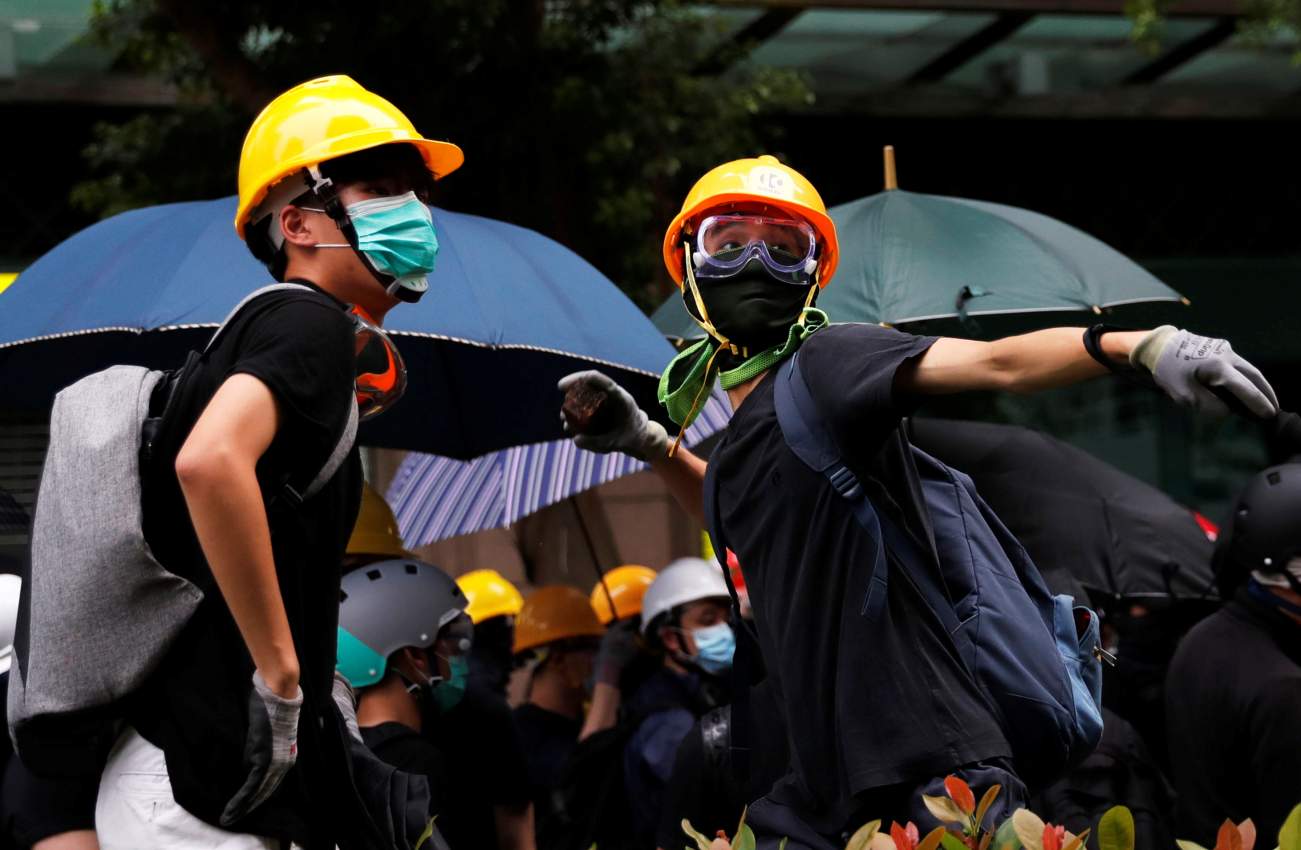Orooj Hakimi
KABUL (Reuters) - Businesswomen in Afghanistan are adamant that there will be no going back to the days of repression under the Taliban, and the progress women have made over the past 18 years will not be reversed.
Entrepreneur Narges Aziz Shahi, 29, prepares coffee for herself at her cafe in Kabul, Afghanistan August 6, 2019. REUTERS/Omar Sobhani
Talks between the hardline Islamists and the United States to end the war make it likely that any pact would allow the Taliban to return to some role in government.
But the women who have blazed a trial in business since the Taliban were ousted in 2001 say they have come too far to be robbed of their achievements.
“I don’t think Afghan women will ever go back,” Kamila Seddiqi, 41, said an entrepreneur involved in businesses that include Afghanistan’s first taxi app, Kaweyan Cabs.















/arc-anglerfish-arc2-prod-mco.s3.amazonaws.com/public/KHID2QGVLNCDTOMSZTAKYDVF2I.jpg)




